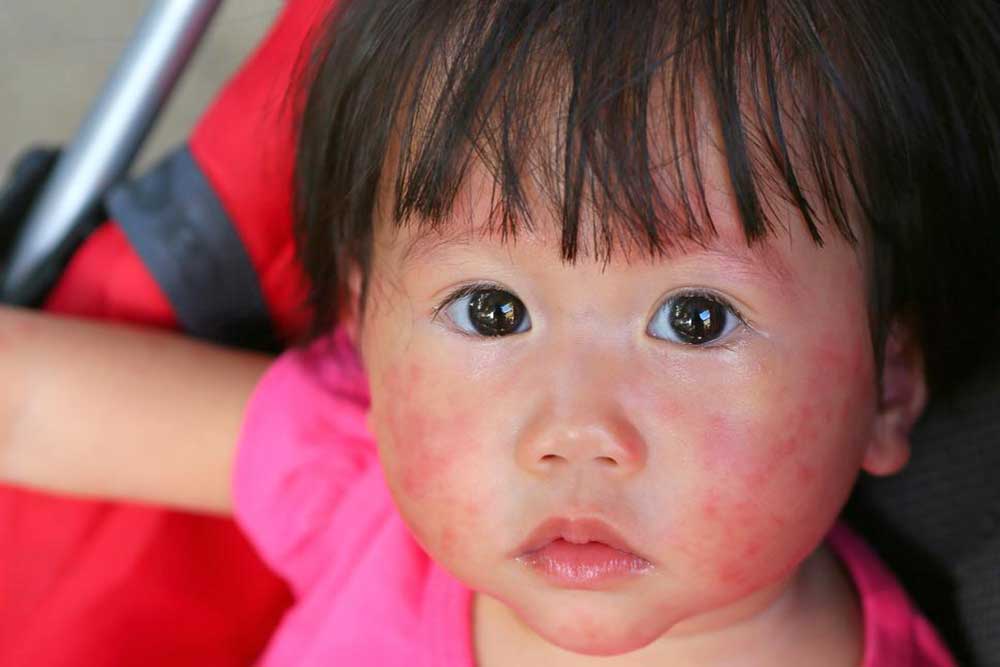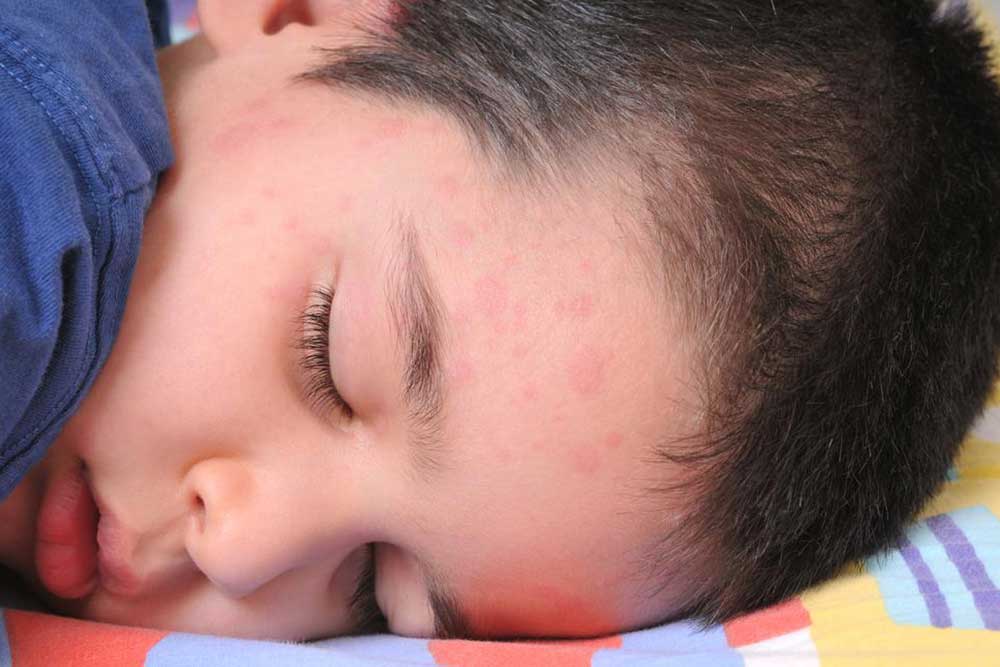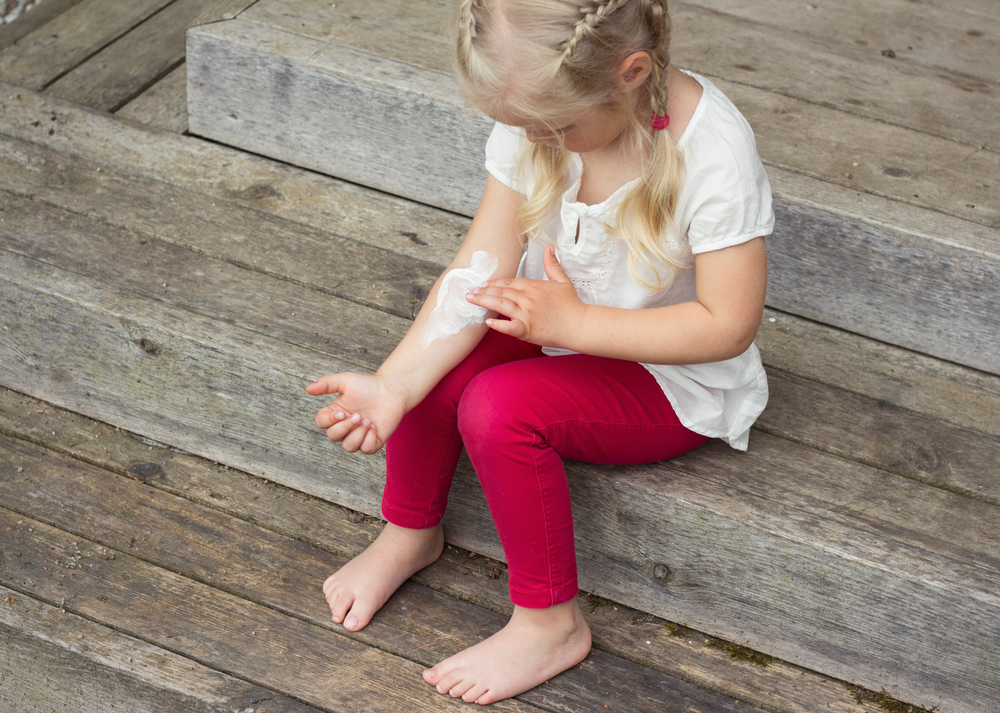Understanding Skin Rashes: Types, Causes, and Symptoms
This article offers a comprehensive overview of common skin rashes, including types like contact dermatitis, rosacea, and scabies. It details their causes, visual signs, and emphasizes the importance of timely medical consultation. Suitable for those seeking to understand skin conditions and their treatments for better skin health.

Skin rashes involve changes in the skin's color and texture, often presenting as red, inflamed, and itchy patches. While they can occur at any age, infants are particularly vulnerable. Prompt medical consultation with a dermatologist is recommended for effective treatment.
Common Skin Rash Types
There are various skin rashes, usually appearing within hours after exposure to an offending substance. Recognizing the visual signs can help determine the severity of the condition.
Contact Dermatitis
This rash manifests as dry, flaky patches. It has two forms: allergic contact dermatitis, characterized by blisters and intense itchiness caused by allergens like nickel or latex, and irritant contact dermatitis, which results in dry, crusted, or ulcerated skin from exposure to harsh chemicals such as bleach or detergents.
Rosacea
Affecting nearly 16 million Americans annually, rosacea presents as red, raised, pus-filled sores, mainly on the face — forehead, nose, and cheeks. Its cause remains unknown, but factors like gut bacteria, spicy foods, and alcohol consumption may trigger symptoms.
Scabies
This contagious infestation spreads through direct skin contact, causing intensely itchy rashes, often on the wrists, elbows, armpits, and buttocks. Symptoms typically develop six weeks after exposure, with itchiness worsening at night. The condition is caused by the mite Sarcoptes scabiei burrowing into the skin.
Early detection and treatment by a dermatologist are essential if you notice any symptoms of these skin conditions.
Note: The information provided aims to educate but should not replace professional medical advice. For accurate diagnosis and treatment, consult a licensed dermatologist.










